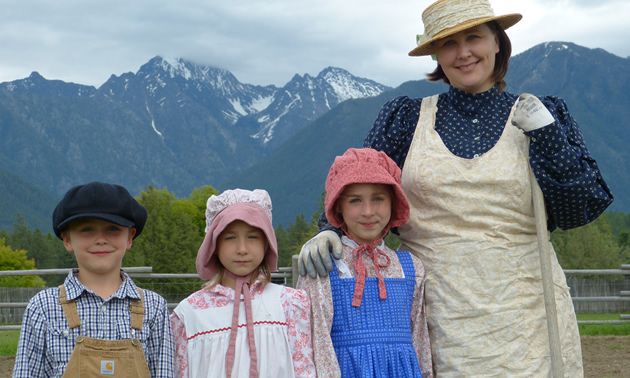Unearthing the riches
Spend some time at Fort Steele to discover its gold rush history

I grew up near Fort Steele, B.C., and I’ve crossed the Wild Horse Creek many times on my horse. Each time I have done so, I think about the early pioneers who came to this area on horseback to find their fortunes.
Gold was discovered on the Wild Horse Creek in the 1860s and the town of Fisherville sprang up along its banks. The population of Fisherville grew to an estimated 5,000, but after the gold rush peaked in 1865, gold became more difficult to mine and the residents of Fisherville left to make a living elsewhere. Fisherville was completely dismantled; however, there are still remnants of old buildings and a graveyard at the townsite. Fisherville is accessed from the Wild Horse Forest Service Road.
A boom town brought to life
Upstream from where the Wild Horse Creek flows into the Kootenay River is Fort Steele Heritage Town. Fort Steele got started around the same time as Fisherville by a man named John Galbraith, who set up a ferry service across the Kootenay River so that prospectors and others could access Fisherville more easily. Originally, there were only a few buildings around the ferry office, but the community grew into a full-service town in the late 1800s when large deposits of lead, silver and coal were discovered in the area.
Today, Fort Steele is a bustling heritage attraction that draws more than 80,000 visitors each year. In addition to seeing several fully restored heritage buildings, visitors can go on steam train rides and even pan for gold—just like the prospectors of old.
My favourite activity at Fort Steele Heritage Town is taking a tour of the town on a wagon drawn by massive Clydesdale horses. I also suggest climbing the water tower to survey the town and the beautiful landscape around it. At the top, take some time to reflect on the history of the area and what life was like for miners and their families in the late 1800s.






